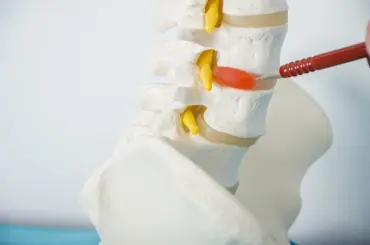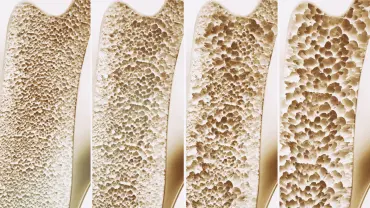You've heard it time and again:” Smoking is bad for you. While there is a wide range of serious health issues that are directly linked to smoking, from heart disease to chronic obstructive pulmonary disease (COPD), we want to add osteoporosis to this growing list.
At Camelback Spine Care, as our name implies, Dr. Harvinder Bedi and our team focus on problems with the spine, and osteoporosis certainly qualifies.
Here's a look at how smoking can contribute, quite significantly, to osteoporosis.
Osteoporosis at a glance
Osteoporosis is a disease of the bones in which your body loses bone density and/or does not make enough bone. This loss leads to porous bones that are highly vulnerable to fractures, including the vertebrae in your neck and back.
Approximately 54 million adults in the United States have osteoporosis and low bone mass. It's estimated that half of women and up to a quarter of men age 50 and older will break a bone due to osteoporosis.
Digging deeper into the numbers, about 5% of men 65 years or older have osteoporosis of the femur, neck, or spine, as opposed to nearly 25% of women in the same age group. The reason why postmenopausal women are more prone to osteoporosis is due to the loss of estrogen, which promotes bone-producing cells.
Smoking and osteoporosis
There are many risk factors for osteoporosis that are beyond your control, such as aging and gender, but there are also a few that are well within your control to change, including:
- Sedentary lifestyle
- Excessive alcohol consumption
- Tobacco use
Let's take a closer look at the connection between smoking and osteoporosis.
Under normal circumstances, your bones are in a constant state of renewal and turnover, but when these processes slow, you're left with weaker bones. The main link between tobacco and osteoporosis is that smoking leads to an imbalance in bone turnover that creates lower bone mass and bone mineral density.
While this connection is a direct cause-and-effect one, tobacco use can also influence your hormone production and body weight, and create oxidative stress, all of which can exacerbate bone loss.
Help for quitting
As we've discussed, there isn't much you can do about your age or gender, but steps like quitting smoking can go a long way toward preserving your bone health. We understand that quitting smoking is far easier said than done, but we urge you to try.
To get started, we're going to direct you to our colleagues over at the American Heart Association and the American Lung Association, who've pulled together some great resources.
Treating osteoporosis
If you have osteoporosis and you're worried about fractures, we can help minimize your risks through:
- Estrogen replacement therapy
- Selective estrogen receptor modulators
- Calcitonin nasal spray
- Bisphosphonates
If you've developed compression fractures in your spine, we offer two procedures that can help restore your vertebrae: vertebroplasty and kyphoplasty.
If you'd like more information about managing your osteoporosis, contact our office in Sun City, Arizona, to learn more.




.webp)

